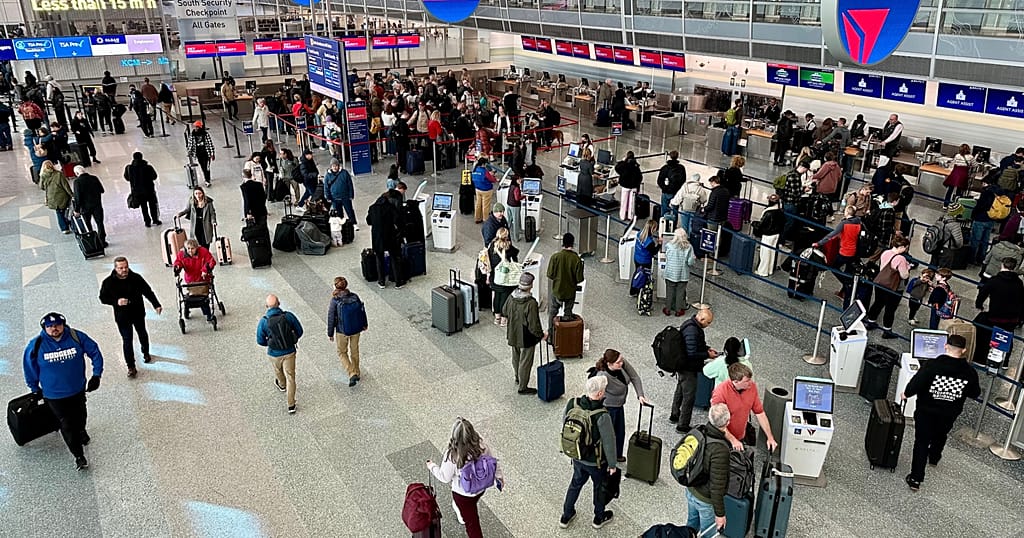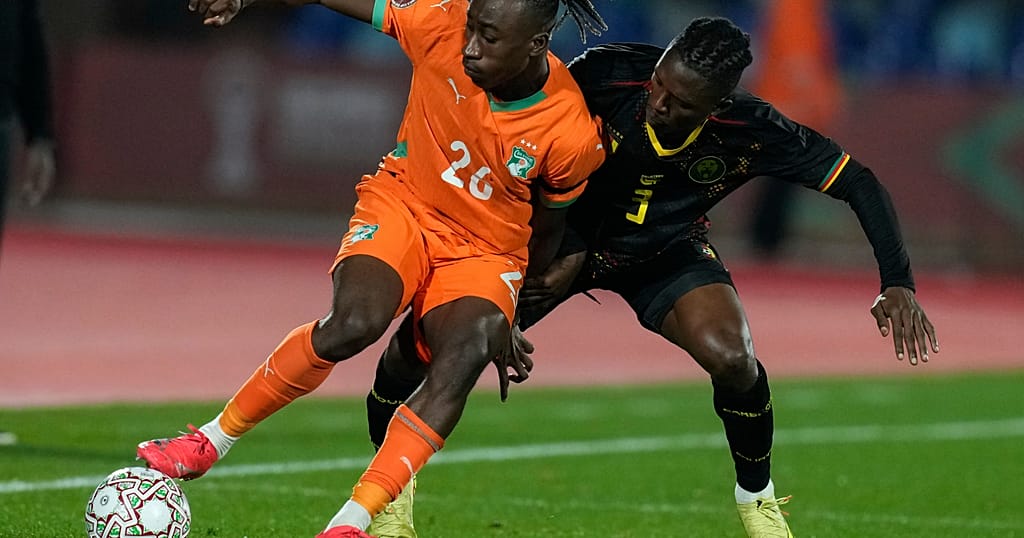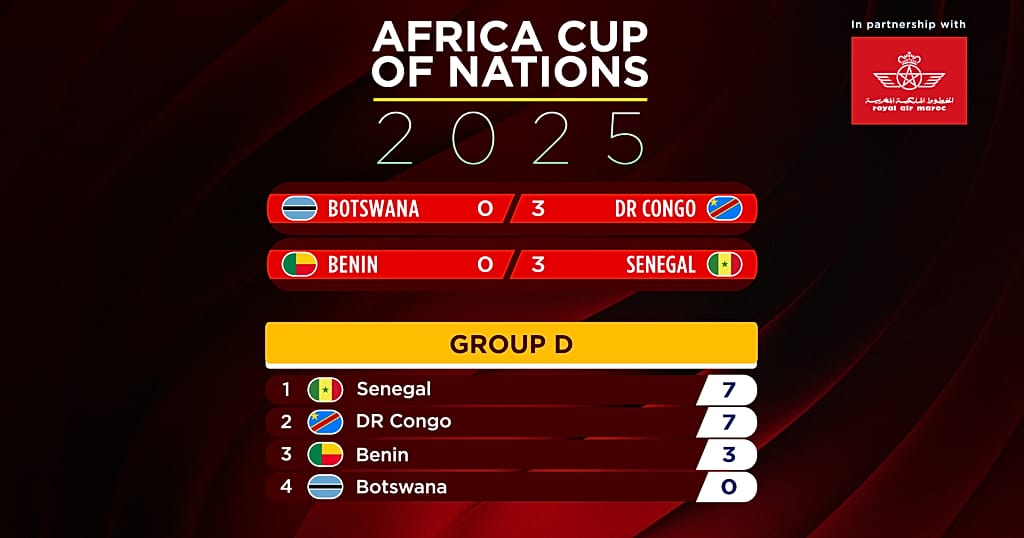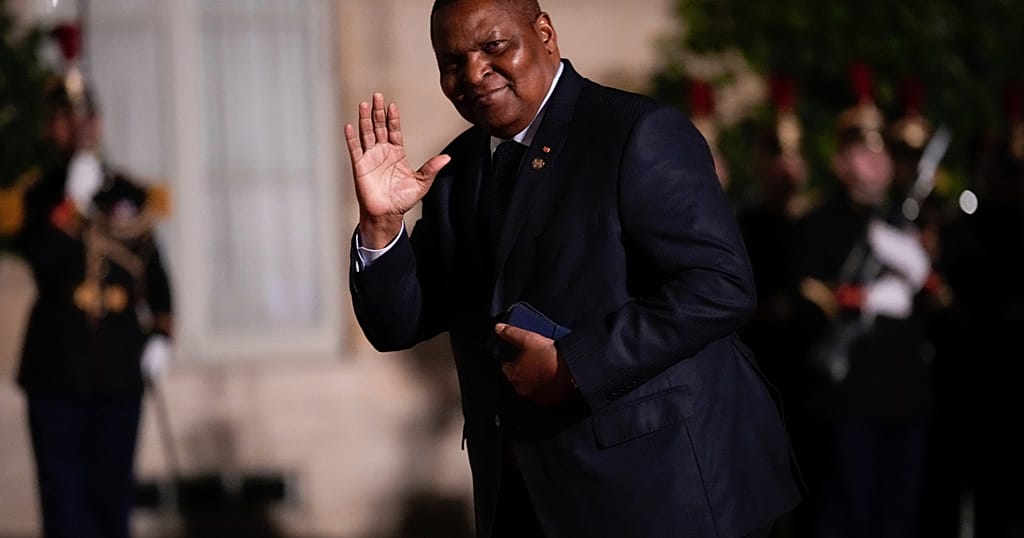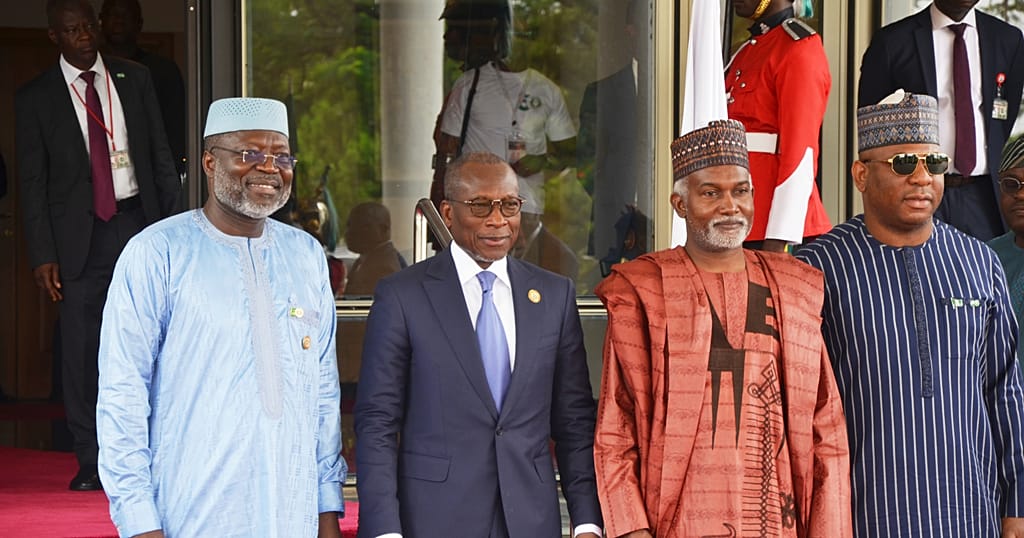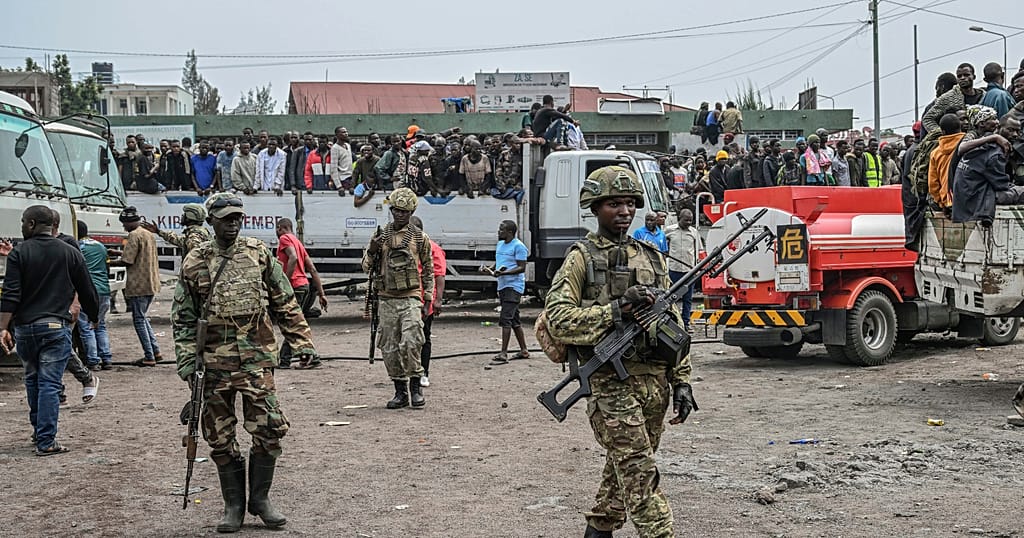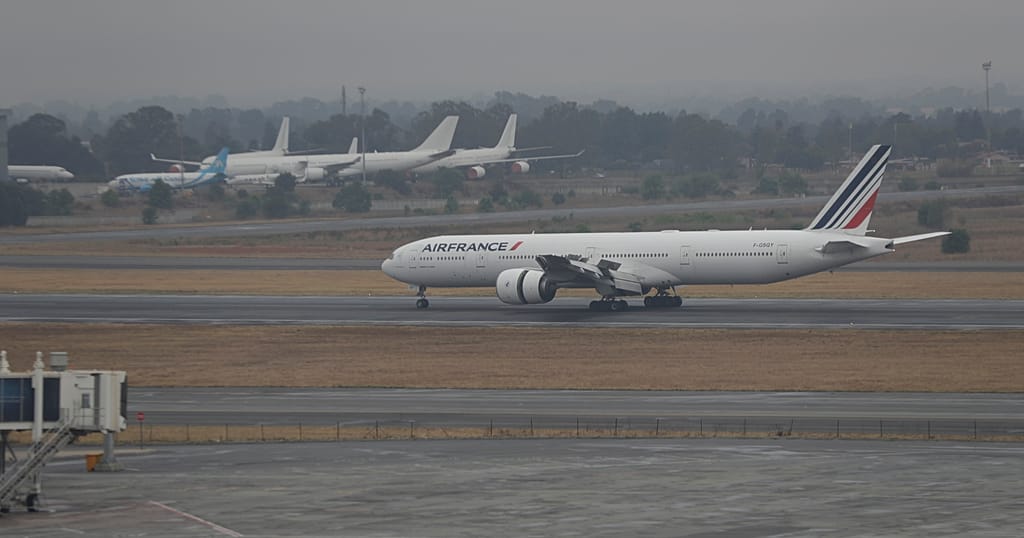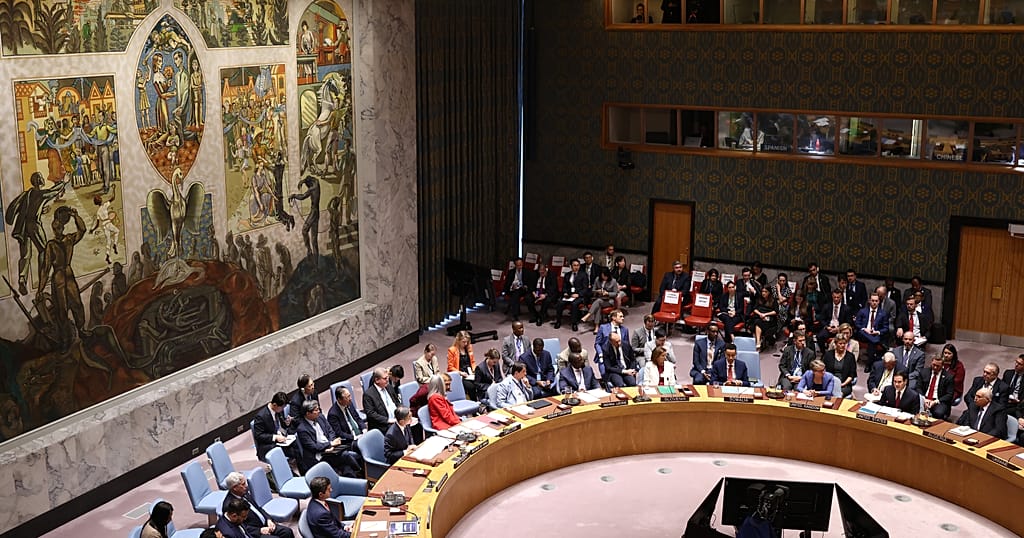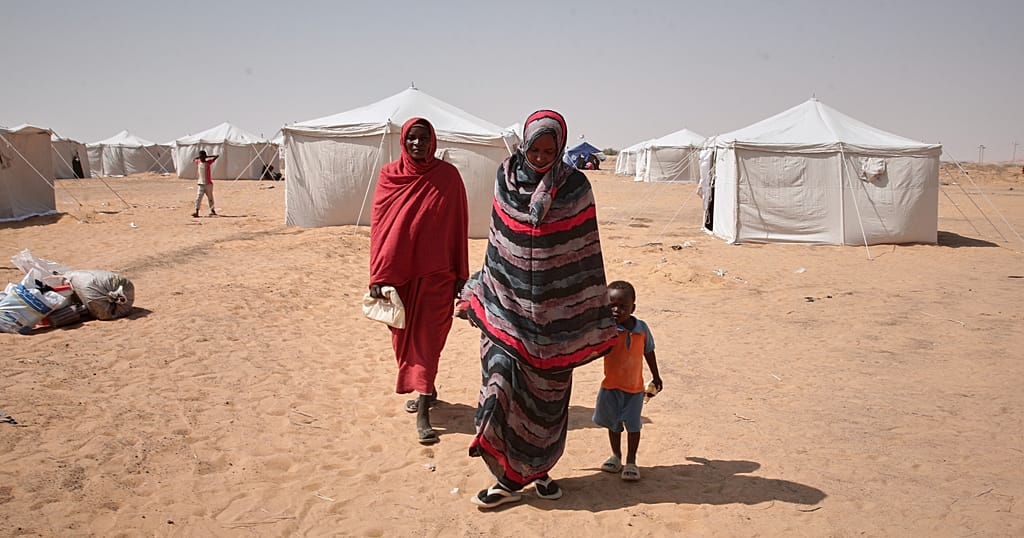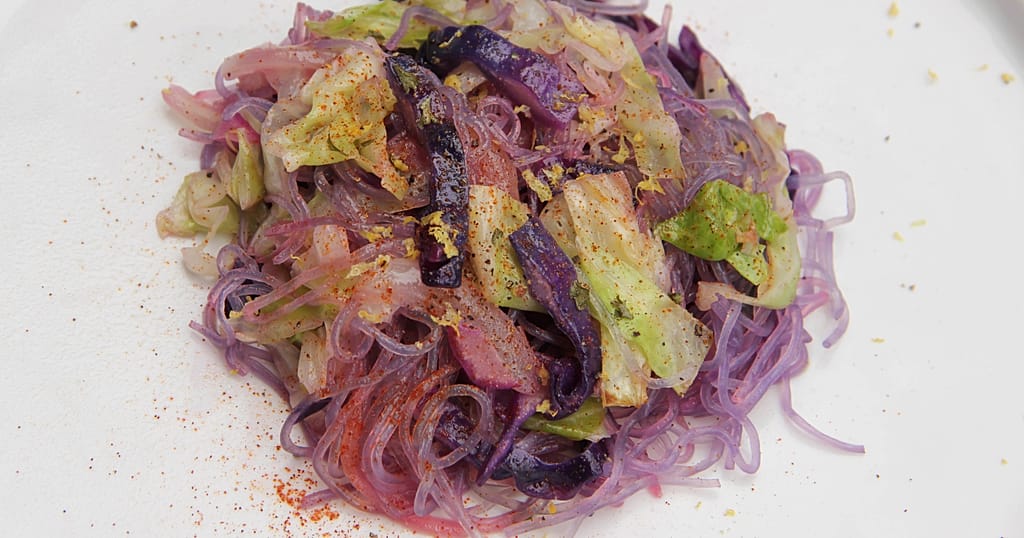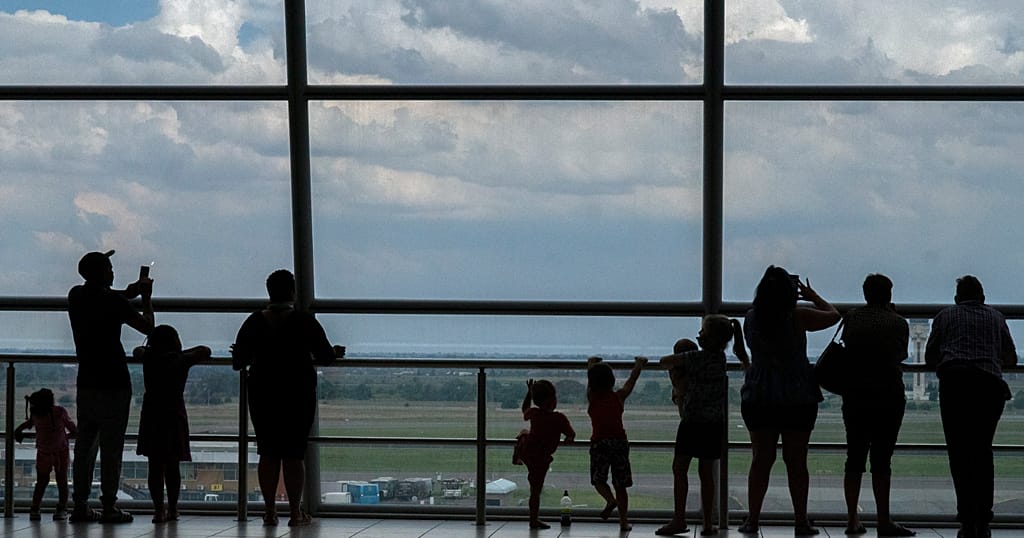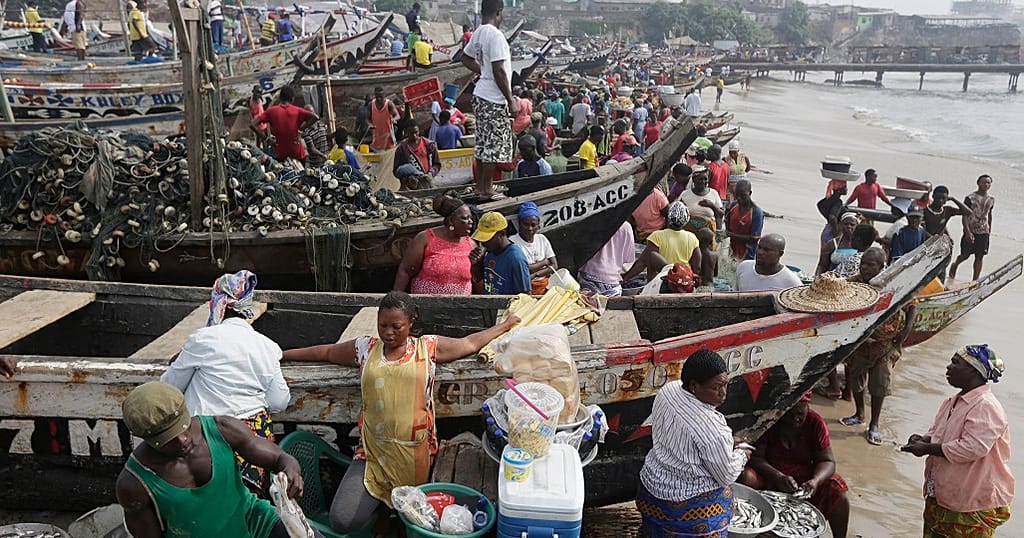Senegal: young football lovers flock to artificial turfs

Match day in Dakar. After two weeks of discussions in their WhatsApp group called “Match of Ze day”, Cheikh Thiam and his friends finally managed to raise the 35,000 CFA francs (53 euros) required to reserve a mini synthetic soccer pitch.
The amount was hard to come by for these fourteen football enthusiasts, most of whom are still studying or out of work. Everyone pays according to their means, 2,500 CFA francs (around 4 euros) for some, 5,000 CFA francs (7.5 euros) for others. But playing on artificial turf is well worth it.
In Senegal, reigning African champions and home of Bayern Munich star striker Sadio Mané, many youngsters want to play their favorite sport on synthetic turf, which they find easier to play on than the traditional sand pitches they’re used to.
Dozens of synthetic pitches have been built in Dakar over the last five years. Young Senegalese are flocking to them. A godsend for private entrepreneurs, more and more of whom are getting involved in this lucrative investment.
Cheikh explains this craze by the “desire to discover” the material – generally imported from China. “Many of us grew up playing only on sandy pitches,” he says, his orange bib drenched in sweat.
It’s also due to the scarcity of spaces to play soccer, which are increasingly difficult to find in Dakar due to the high pressure on the city.
It’s also due to the scarcity of places to play soccer, which are increasingly difficult to find in Dakar due to strong land and demographic pressure.
Shouts of joy, protest or reproach are heard from the “Camp Nou”, the legendary FC Barcelona stadium, which lends its name to the pitch where Cheikh now plays with his friends. This blue synthetic pitch, some thirty meters long and surrounded by high nets, is one of three in the sports complex of the “Temple of Football”, wedged between the houses of a dense Dakar neighborhood.
– Alternative to sand –
On the mini-terrain next door, nicknamed Old Trafford after the home ground of English club Manchester United, the clock is ticking. Mohamed Lamine Dramé and his five team-mates in light blue bibs are struggling to make up a seven-goal deficit (10-3) against their beige opponents. But the score remained the same.
Despite the defeat, they don’t deny themselves the pleasure. “It’s great to be here again. The pitch is even, which makes it easier to play and progress technically. It’s much better than playing on the sand,” says the 23-year-old, who still dreams of becoming a professional player. All around him, his friends are taking selfies to capture the memories and share them on social networks.
But you have to “pay the piper” to walk on these artificial turfs, which are “easier to maintain” than natural grass, which requires a lot of water, according to Pierre Daw, owner of the complex created in 2015.
At the Temple du Foot, rental prices vary between 30,000 and 50,000 CFA francs (between 46 and 76 euros) per hour, depending on the pitch. At other sites, they can go up to 80,000 CFA francs (121 euros) for regulation eleven-on-eleven pitches.
In Senegal, where the average monthly income is around 100,000 CFA francs (150 euros), these prices are “expensive”, admits Mr. Daw, sitting on a bench a few meters from a large mural of Argentine icon Lionel Messi.
But in the neighborhoods or on social networks, young people are organizing themselves as best they can to raise the money and reserve a plot of land.
– Developing local soccer –
According to Mbaye Jacques Diop, technical advisor at the Ministry of Sports, Senegal has at least 43 regional and departmental stadiums equipped with artificial turf, the first of which dates back to 2003.
Their arrival has contributed “to the development of soccer” and encouraged the professionalization of the local championship since 2009, asserts Demba Varore, a Senegalese sports journalist.
On synthetics, “players have control of the ball, they can play fast on the ground and move around more easily. They improve technically and tactically”, agrees Ciré Dia, a former Senegalese international and current assistant coach of a Senegalese team.
According to Mbaye Jacques Diop, technical advisor at the Ministry of Sports, Senegal has at least 43 regional and departmental stadiums equipped with artificial turf, the first of which dates back to 2003.
Their arrival has contributed “to the development of soccer” and encouraged the professionalization of the local championship since 2009, asserts Demba Varore, a Senegalese sports journalist.
On synthetics, “players have control of the ball, they can play fast on the ground and move around more easily. They improve technically and tactically”, agrees Ciré Dia, former Senegalese international and current assistant coach of a Senegalese Ligue 1 team.
Senegalese soccer is doing well. Led by two-time African Ballon d’Or winner Sadio Mané, the national team won its first Africa Cup of Nations in Cameroon in 2021.
The Lions of Teranga were followed a year later by Senegalese local players, winners of the African Nations Championship (CHAN) in 2022, and by their U20 and U17 young brothers, African champions in their respective categories in 2023.
Source: Africanews


